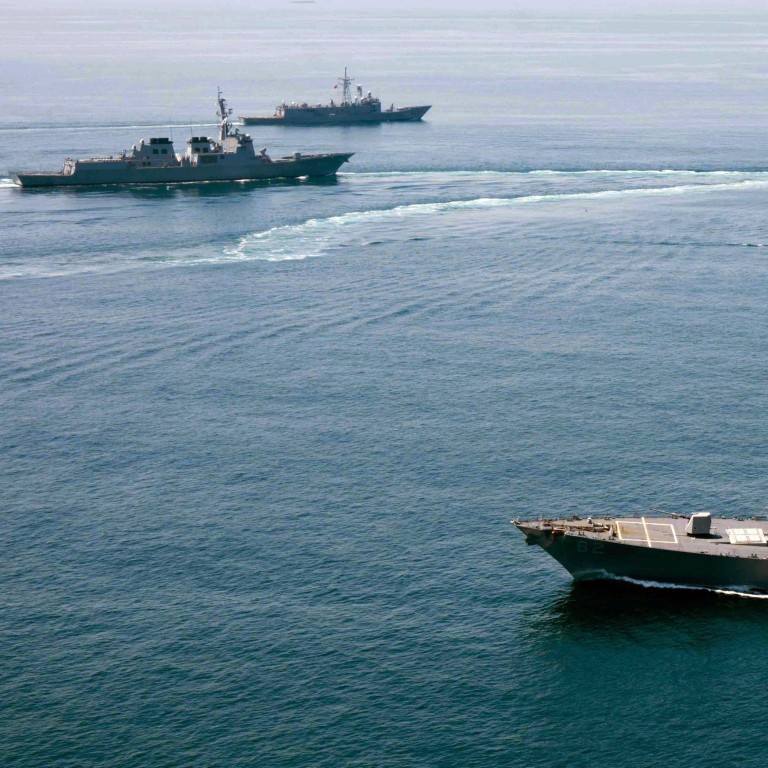
Diplomacy, not sending in warships, is the way to resolve sea disputes between China and the US
Diplomacy is the only sensible way to settle disputes. Washington's decision to send in the military to do its talking in the South China Sea is counterproductive and provocative.
Diplomacy is the only sensible way to settle disputes. Washington's decision to send in the military to do its talking in the South China Sea is counterproductive and provocative. By sailing a warship within 12 nautical miles of Chinese artificial islands, as the destroyer USS Lassen did on Tuesday, a rising of regional tensions was guaranteed. Continued intrusions without regard for rational means of resolution will risk repeating mishaps that have in the past led to crises. Never before has the US made so strong a challenge to Chinese territorial claims in the South China Sea. Despite the rhetoric, both sides are trying to stop an escalation; the Chinese and American chiefs of naval operations, admirals Wu Shengli and John Richardson, held a video teleconference yesterday. China's response to the sailing was restrained, with two People's Liberation Army ships shadowing the Lassen, Foreign Minister Wang Yi warning against "reckless action and the US ambassador to China being summoned. A White House spokesman said freedom of navigation operations "served to protect the rights, freedoms and lawful uses of the sea and airspace, guaranteed to all nations under international law".
The US was acting in its own interests and on behalf of Asian allies and partners. China's perceived increasing assertion in recent years of its claimed historical right to most of the South China Sea has irked the Philippines, Vietnam and Malaysia, countries with competing claims to the region's islands. By building on reefs in the Spratlys chain, Beijing was viewed as acting as an expansionist power, despite repeated promises that the reclamation would not affect commercial shipping.
More such operations have been promised, a Pentagon official having said they would continue in the air and sea. Yet incidents involving US surveillance and military craft were behind a chilling of Sino-American ties in 2001 and 2009. Agreements have since been signed to prevent confrontations, the last just before President Xi Jinping's recent first state trip to the US. Those, and warming ties between the Chinese and American navies, were ignored in sending in the warship.
The US is not likely to back down; its prestige is at stake. Yet with its military operations come the danger of a miscalculation. High-level talks, not provocation, is the only viable route to ensure stability. Two opportunities next month cannot be ignored - the Group of 20 leaders' meeting in Turkey and the Asia-Pacific Economic Cooperation summit in Manila.

